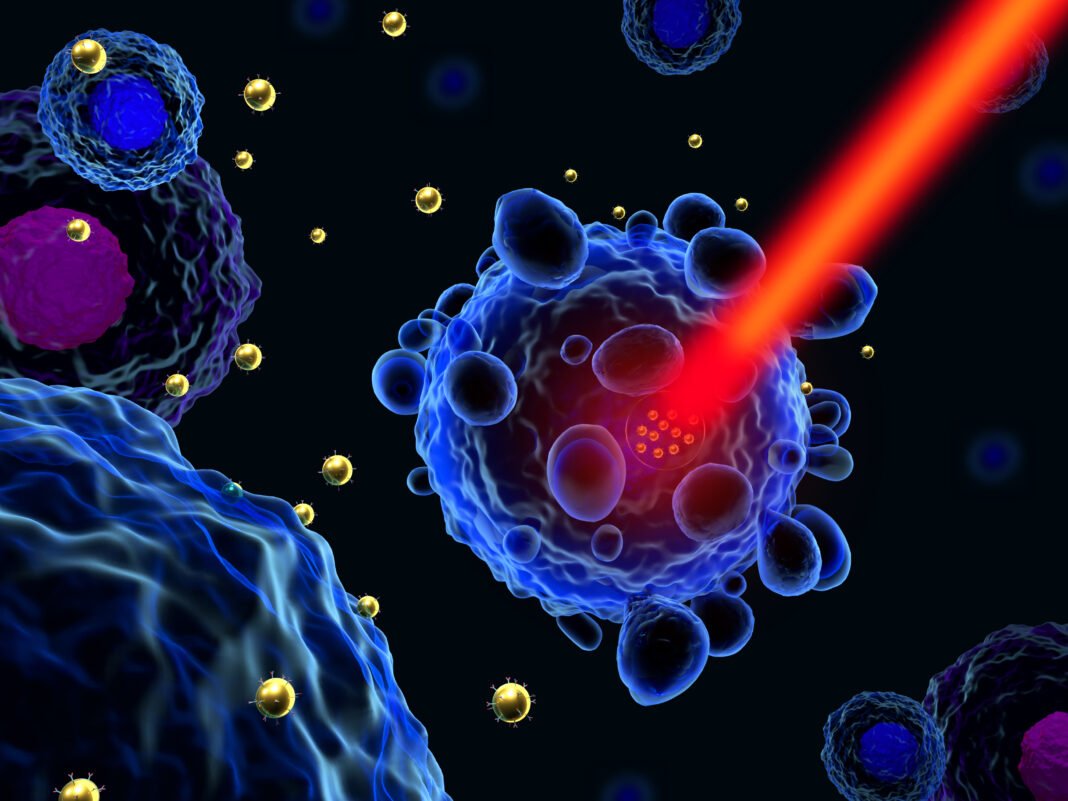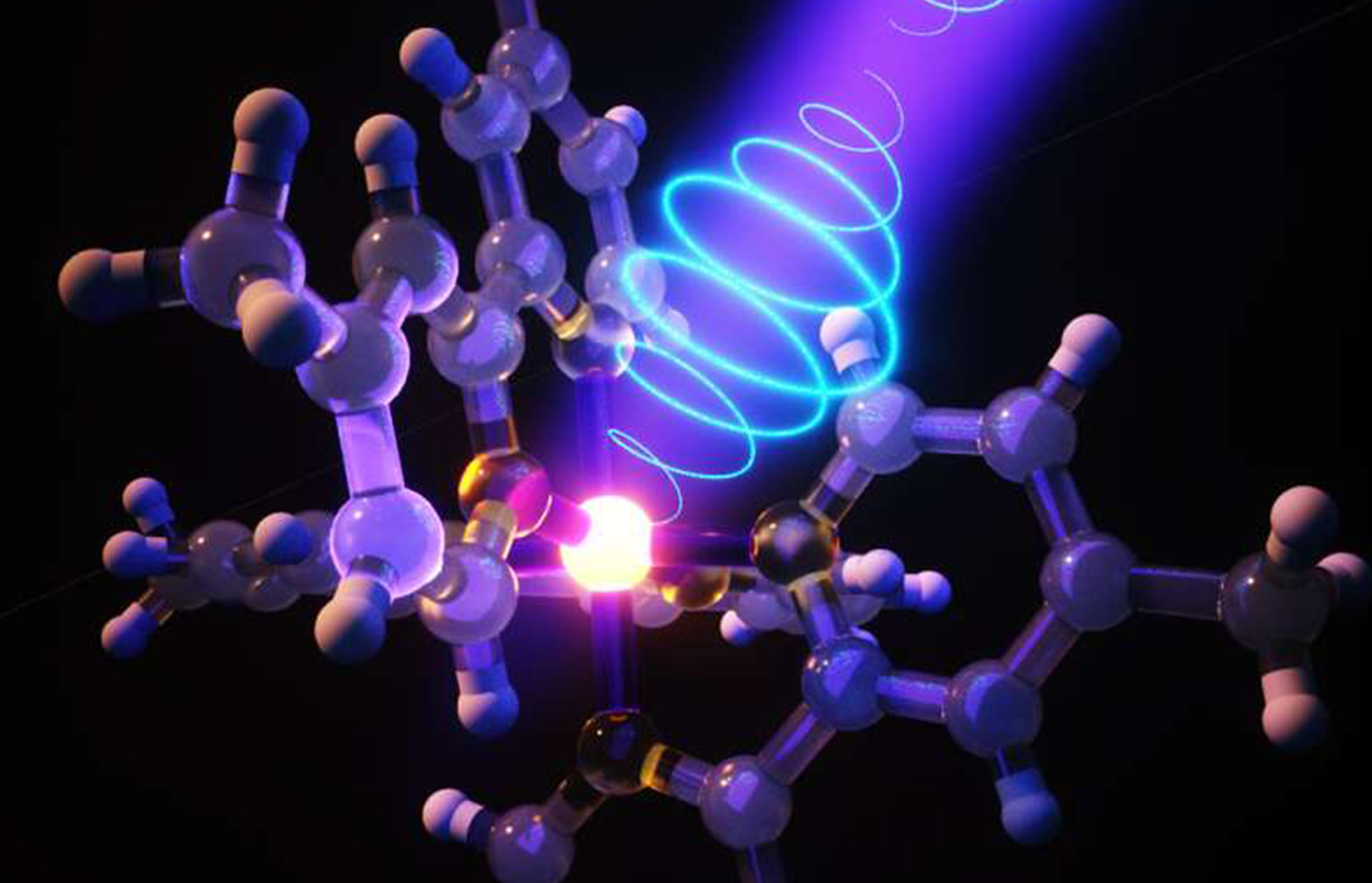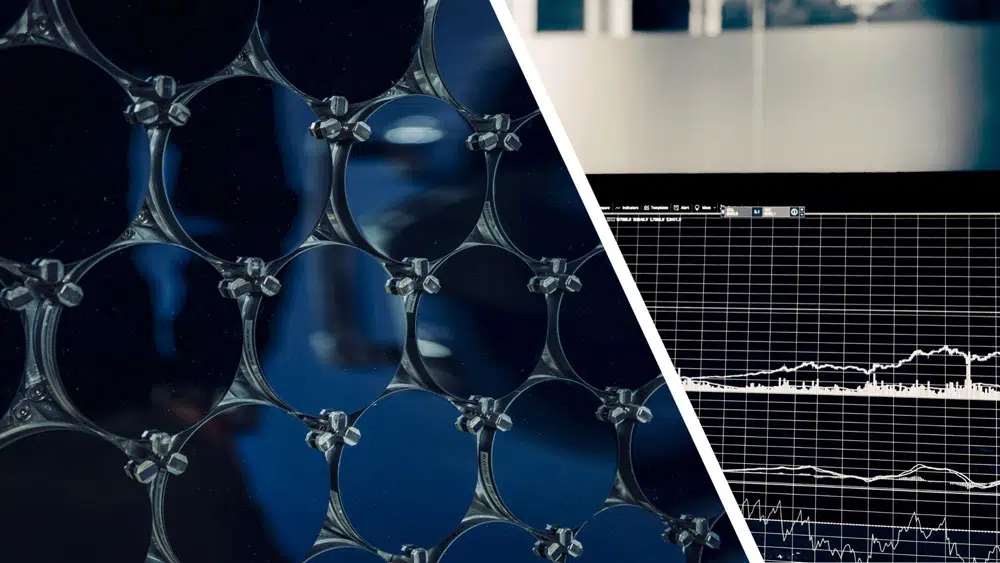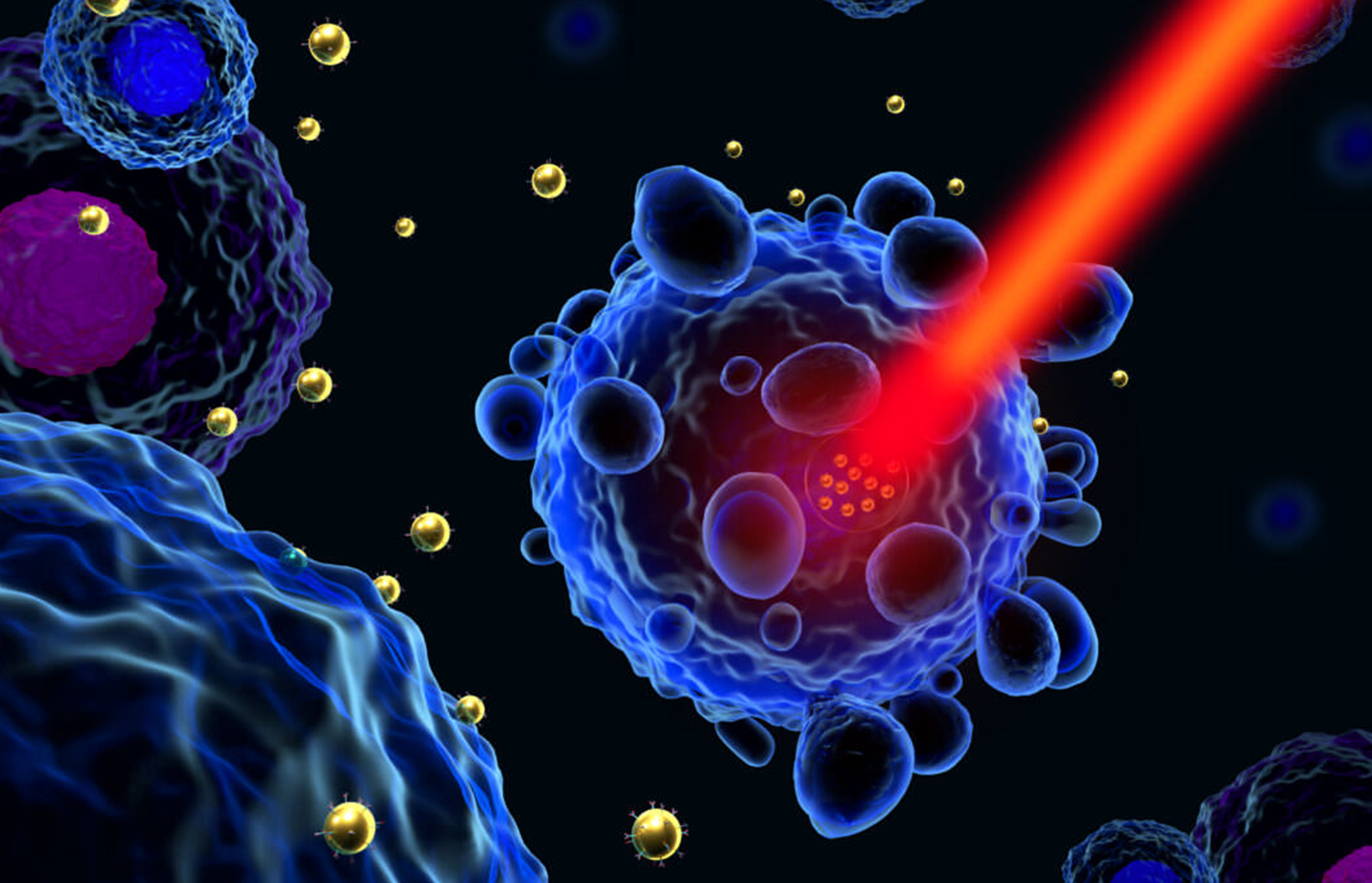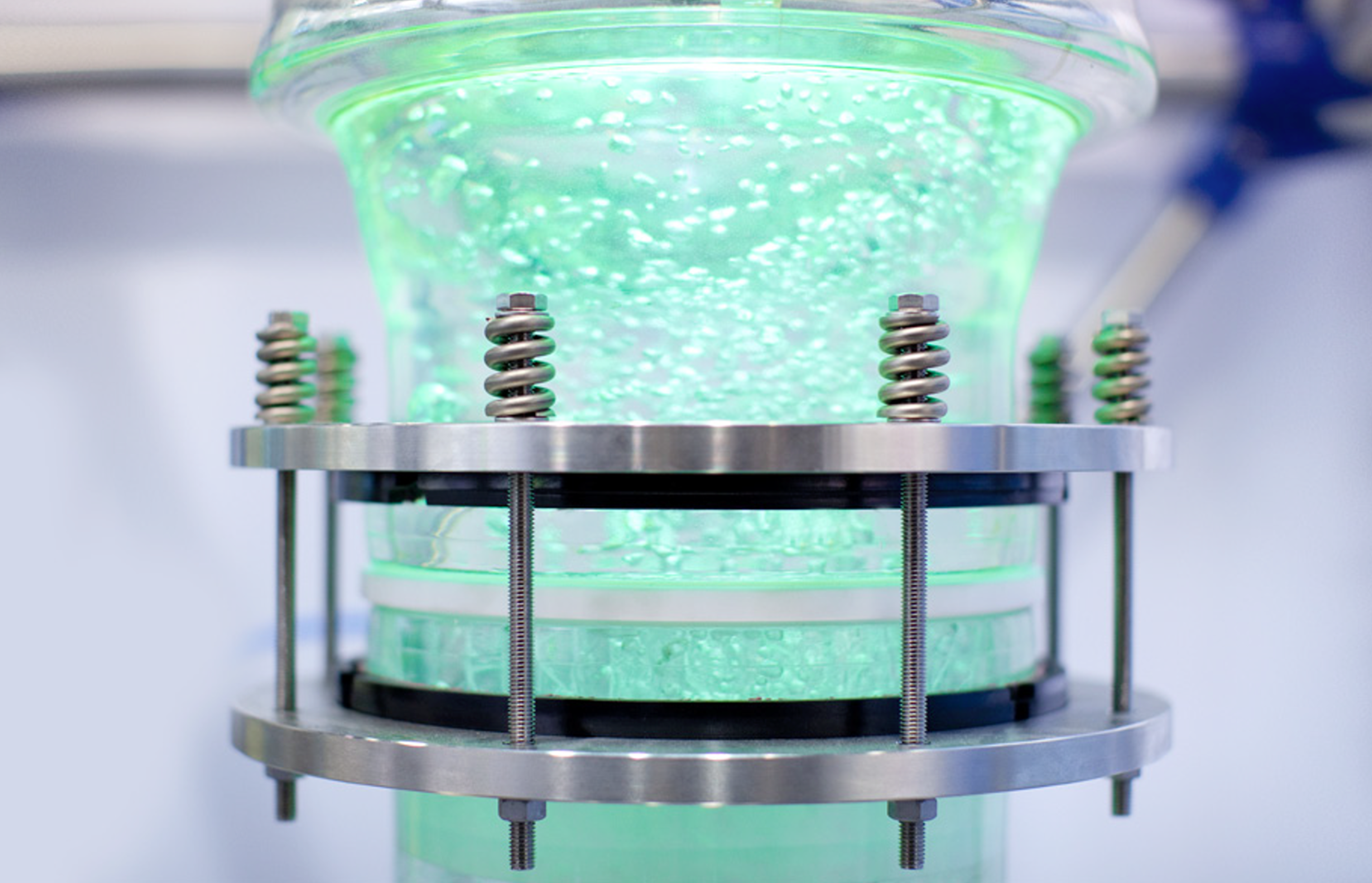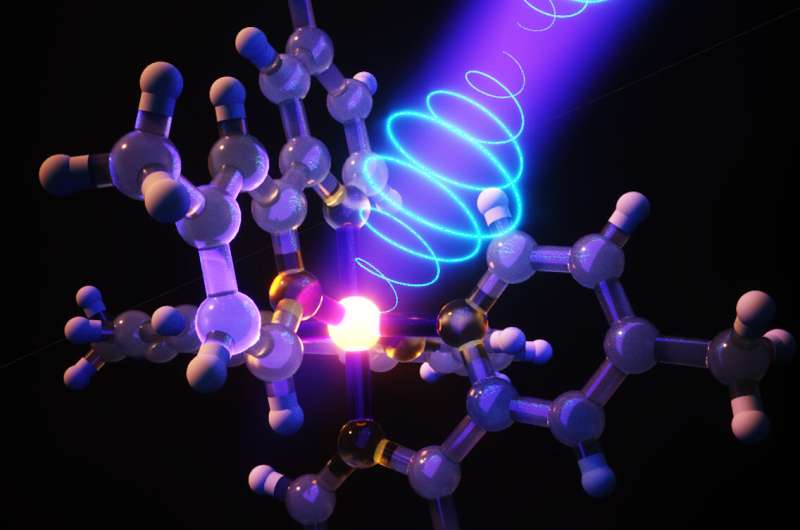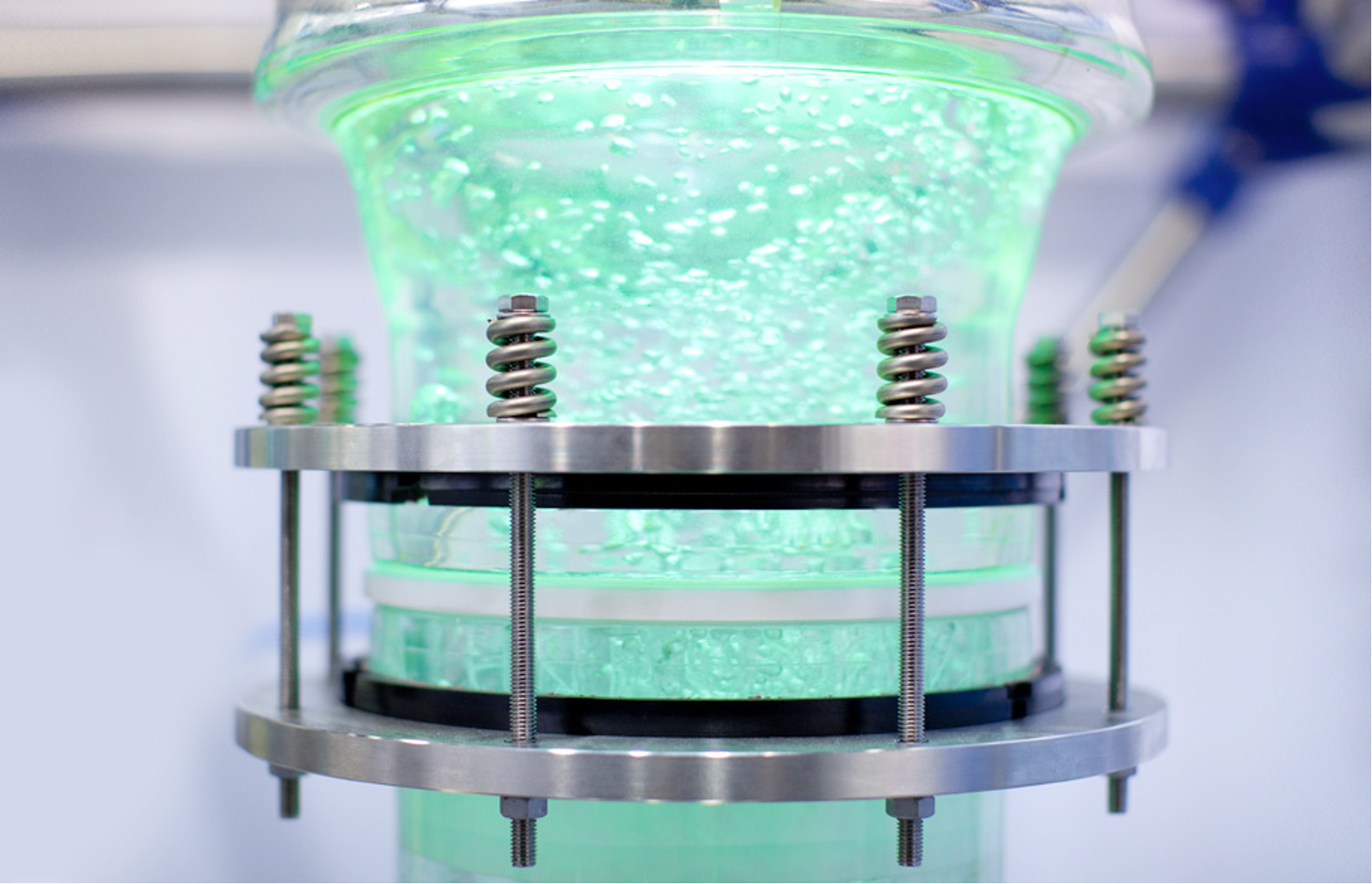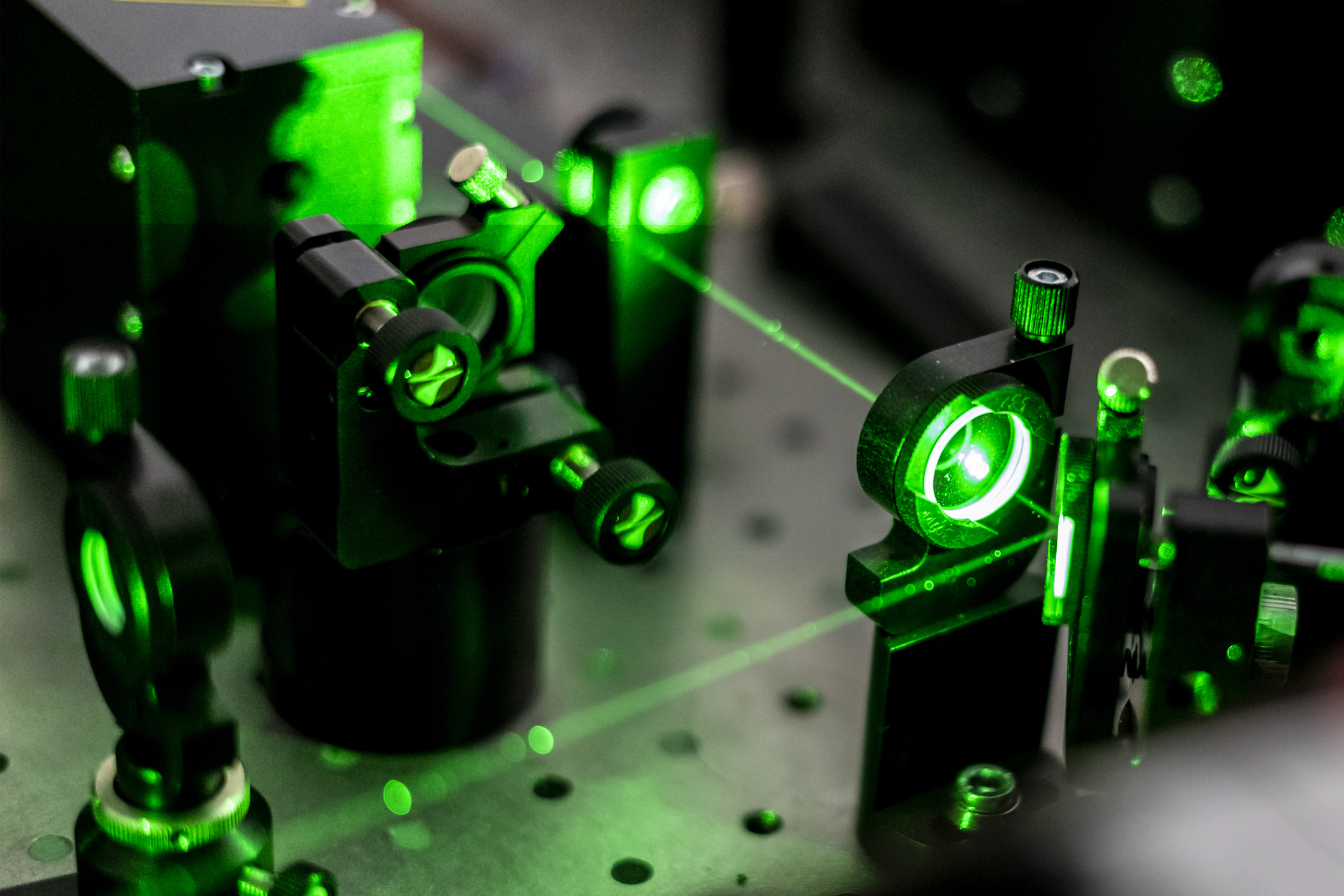
MANDALA Project
© kjpargeter
Machine Learning Powered Non Adiabatic Dynamics in Complex Systems. Multiscale Modeling of Nucleosomal DNA Lesions
Keywords
Nonadiabatic dynamics; machine learning potentials; chiral sum frequency generator spectroscopy; nucleosomal DNA; DNA photolesions.

Summary
In our cells, DNA is subjected to external stresses, particularly due to UV light absorption, which induces mutagenic lesions harmful to health. However, the molecular mechanisms behind these processes remain poorly understood. Computational calculations and simulations are well-suited to provide critical atomic-level insights, but significant challenges arise for such systems. Specifically, a multi-scale approach is required to span a wide range of spatial and temporal scales, from femtosecond electronic excitation localized on a DNA base to conformational changes over nanoto microsecond timescales. While significant progress has been made in studying lesions in isolated DNA, their exploration in the realistic context of the nucleosomal environment faces many obstacles.
The MANDALA project proposes a novel multi-scale description of lesion formation in nucleosomal DNA, leveraging recent advancements in artificial intelligence. A hybrid (ML/MM) protocol will be developed, combining machine learning (ML) potentials for excited-state dynamics with classical force fields (MM) to account for the influence of histones. The method will also incorporate nonadiabatic transitions between electronic states through the “surface-hopping” approach. These tools will enable the first comprehensive multi-scale computational study of DNA photochemistry under realistic conditions. Simultaneously, the project will bridge simulation and experimentation through chiral sum frequency generation spectroscopy (cSFG), a cutting-edge technique that, for the first time, specifically probes the DNA-environment interface. Machine learning-based approaches will model this spectroscopy to explore interfacial properties and establish direct correlations with experimental data. MANDALA brings together a consortium of experts in biological system modeling, photochemistry, non-linear vibrational spectroscopy, and machine learning in chemistry.
The project will offer a versatile platform, adaptable to various systems, to analyze photophysical and photochemical processes. It will contribute to two major areas of the PEPR Luma program: advancing molecular understanding of photochemical processes critical to health and developing novel spectroscopic techniques based on chirality.
Consortium
ITODYS • Paris
Interfaces Traitements Organisation et Dynamique des Systèmes
Antonio Monari, Florent Barbault, Eric Bremond, Elise Lognon
ICN • Nice
Institut de Chimie de Nice
Elise Dumont, Tao Jiang
CPCV • Paris
Chimie Physique et Chimie du Vivant
Damien Laage, Rodolphe Vuilleumier, Guillaume Stirnemann, Ari Seitsonen
DCM • Grenoble
Département de Chimie Moléculaire
Rolf David, Anne Millet



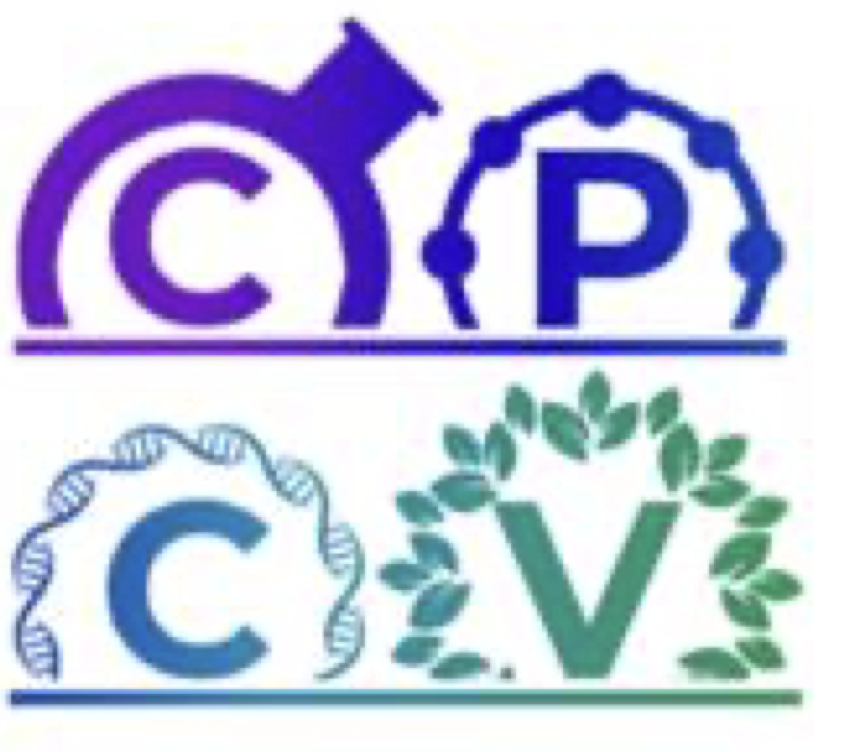
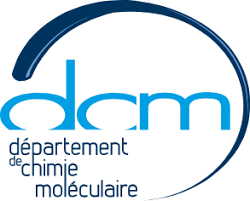


Publications
Les autres projets PEPR

